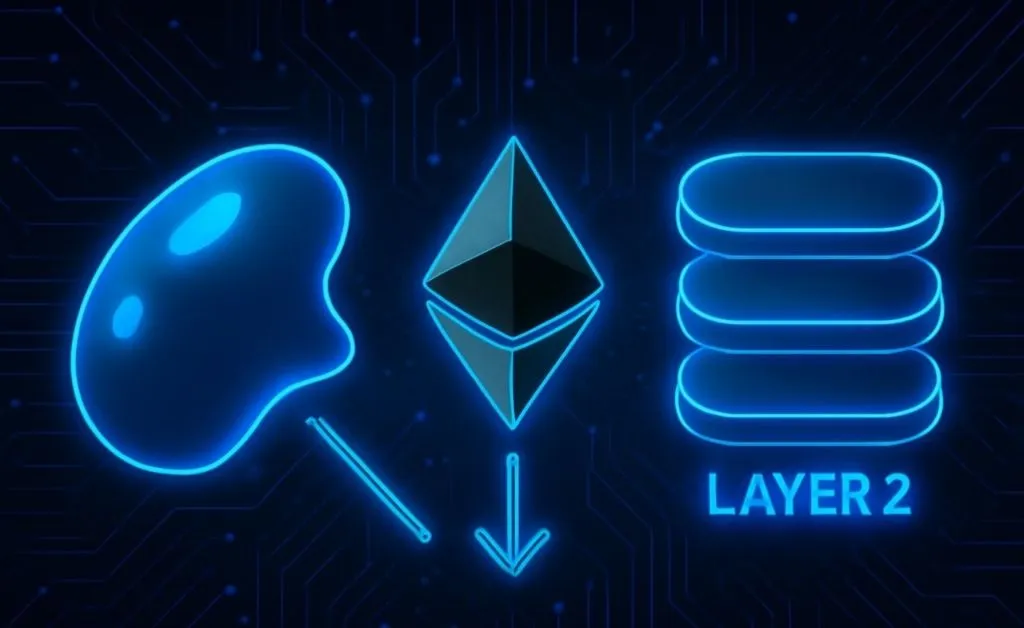
Understanding Blob and Its Impact on Ethereum and Layer 2
1. What is a Blob?
A Blob (Binary Large Object) is a crucial new concept within the Ethereum ecosystem, designed to optimize data storage and processing. Blobs are temporary data objects that offer large storage capacity at a lower cost compared to traditional calldata. The introduction of Blobs enhances performance and scalability, especially benefiting Layer 2 solutions like Rollups. Blobs are processed and stored by consensus nodes rather than execution nodes, reducing the load on Ethereum and optimizing transaction costs.
2. Blob Fee Mechanism
Ethereum has created a new gas market called the “data gas market fee” to price Blob transactions. Each Blob is equivalent to 128 kB of data, and transaction fees are calculated based on supply and demand. The standard fee for Blobs is set at 3 blobs per block (384 kB). When the number of blobs exceeds this amount, the price increases by 12.5%, and it decreases by 12.5% when the number of blobs is below the standard threshold. This flexible pricing mechanism ensures that fees adjust according to the actual usage of the system.
3. Impact of Blob on Ethereum
After the Dencun upgrade, Layer 2 solutions such as zkSync, Starknet, Arbitrum, Base, and Optimism quickly deployed Blob-supporting updates. These projects reported significant reductions in transaction fees by using Blobs to reduce data storage costs. Both Rollups and Layer 2 solutions benefit from adopting Blobs, improving network performance and reducing transaction costs across Ethereum.
4. Future of Blobs and Ethereum
With upcoming upgrades like Pectra in 2025, Ethereum plans to double the number of blobs per block, allowing the network to process hundreds of thousands of transactions per second. This will open up great opportunities for Ethereum to handle complex and large-scale transactions. Early adopters like zkSync and Starknet have already integrated Blobs, and many other projects are expected to follow suit, optimizing costs and enhancing interoperability with the Ethereum Virtual Machine (EVM).
Conclusion
Blobs represent a significant advancement in optimizing data storage and reducing transaction fees on the Ethereum network. The use of Blobs in Layer 2 solutions not only improves performance but also alleviates the burden on Ethereum, enhancing scalability and reducing costs for end users. As upgrades like Pectra roll out, Ethereum will become an even more powerful ecosystem capable of processing hundreds of thousands of transactions per second, solidifying Ethereum’s position in the blockchain world.